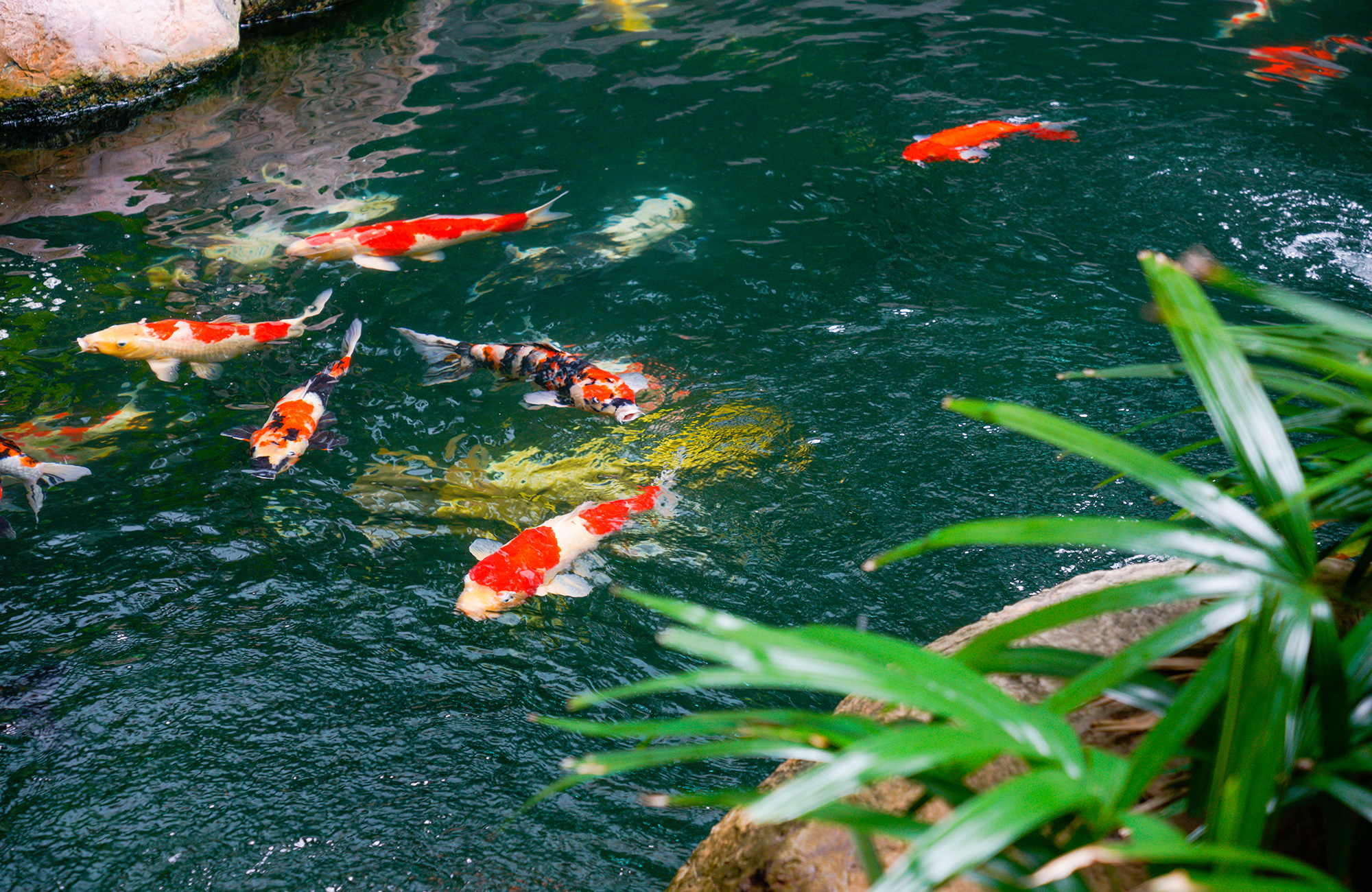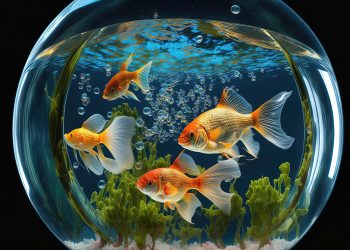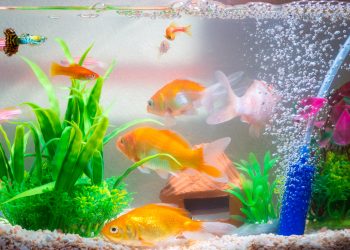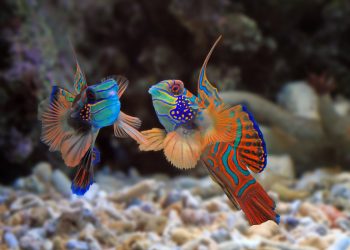The price of koi fish can vary widely, depending on factors such as size and coloration. Typically, they range from $40 for smaller ones to over $80 for larger specimens when purchased from reputable dealers.
Most Expensive Koi Type
Kohaku Koi, characterized by their striking red and white patterns, holds the title for the world’s most expensive koi fish, with one specimen selling for a staggering two million US dollars in China.

Rarest Koi Variety
Among the rarest koi fish is the Ki Uotsuri, also known as the Japanese Splendid Goldfish. These fish breed approximately once every three years, making them exceptionally scarce.
Most Expensive Koi Color
The most expensive koi fish often feature distinct and well-defined patterns of light blue or silver in their scales. While these features command high prices, koi with unusually large red patches are typically less costly.

Black Koi Rarity
Black Koi, also known as Karasu Koi, are distinctively designed and tend to be heavier than other koi varieties. They originated in post-war Japan and have a unique appeal among koi enthusiasts.
Largest Koi
The largest recorded koi fish weighed a remarkable 90 pounds in 2007. These magnificent fish are highly regarded and even participate in competitions judged on their unique characteristics and well-being.
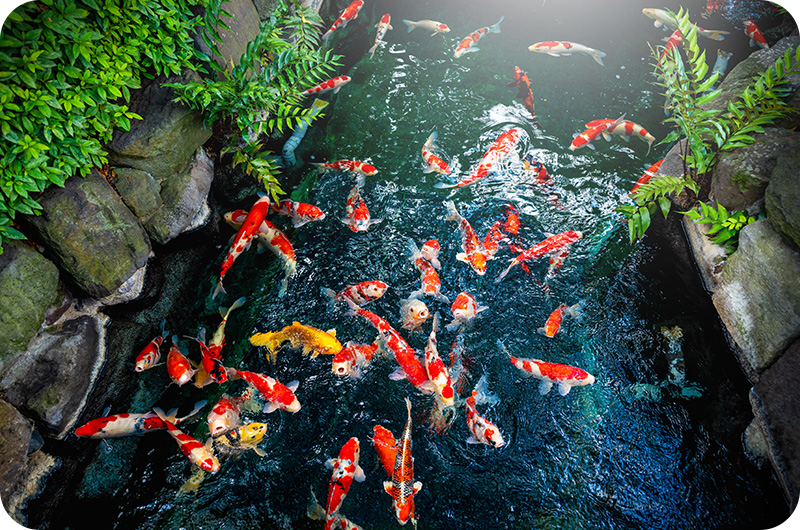
Factors Influencing Koi Pricing
Koi fish prices can be influenced by factors like selective breeding for aesthetic qualities. The breeding history and lineage can also impact their value.
Koi Pond Benefits
A well-maintained koi pond can serve as a tranquil and visually captivating addition to a backyard. Beyond aesthetics, it can offer scientific insights and be of international renown in the world of Koi farms.

Koi Reproduction
A mature female koi can lay a significant number of eggs during a breeding season, with estimates of up to 100,000 eggs for a two-pound fish. Professional breeders calculate potential egg production based on a female koi’s weight.
Black Koi
Black Koi, also known as Karasu Koi or crow fish, are considered lucky due to their black coloration. Breeding them can require specific strategies for successful reproduction. 
Next on your reading list:
